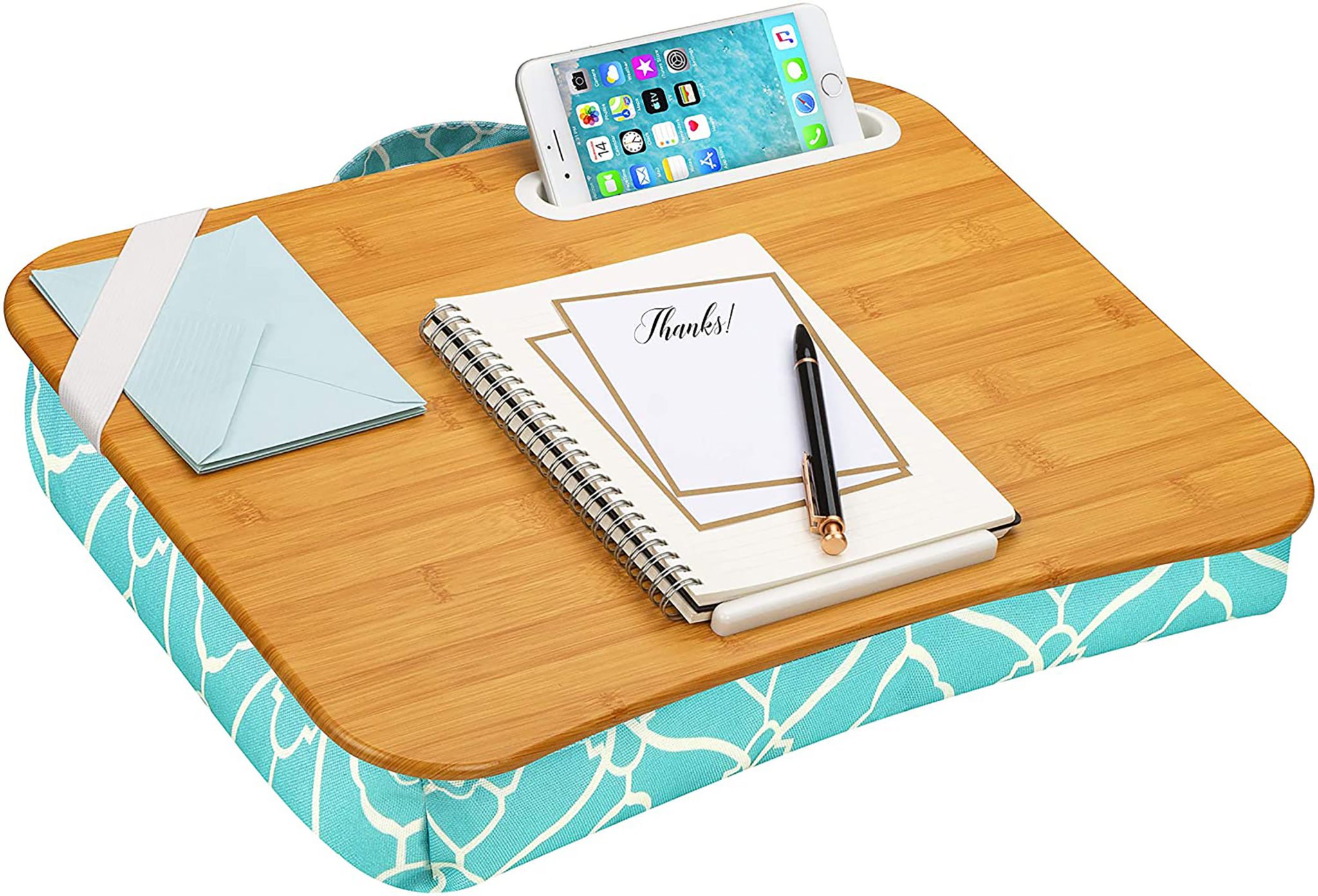The Lap Desk
LapGear’s cushioned lap desk has a ledge to keep a laptop or tablet from sliding off, a strap to hold a pen or paper, and a slot for a cell phone. $30.49 and up, in assorted fabrics, on Amazon.
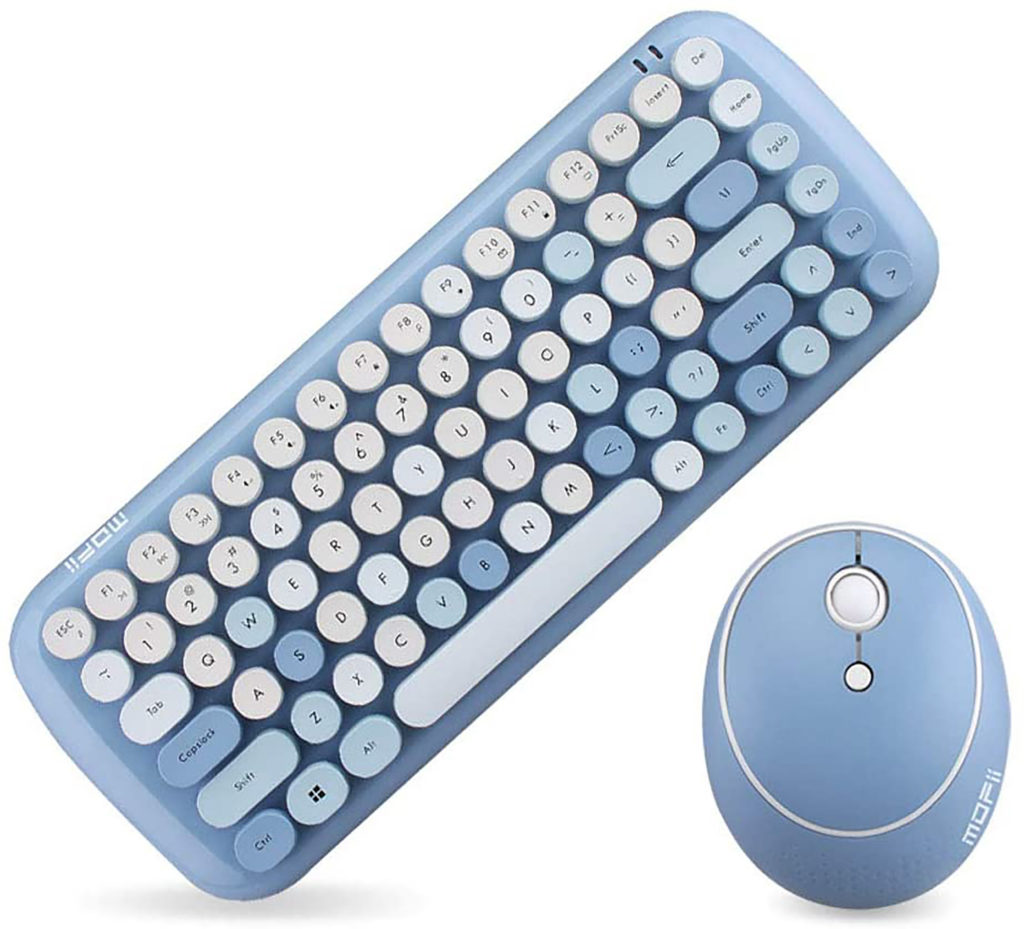
The KeyBoard
A wireless keyboard and mouse for kids using a tablet can prevent nerve pain, says spine surgeon Thomas Schuler. KBD’s mini keyboard set, also in pink or green, is $39.99 on Amazon.
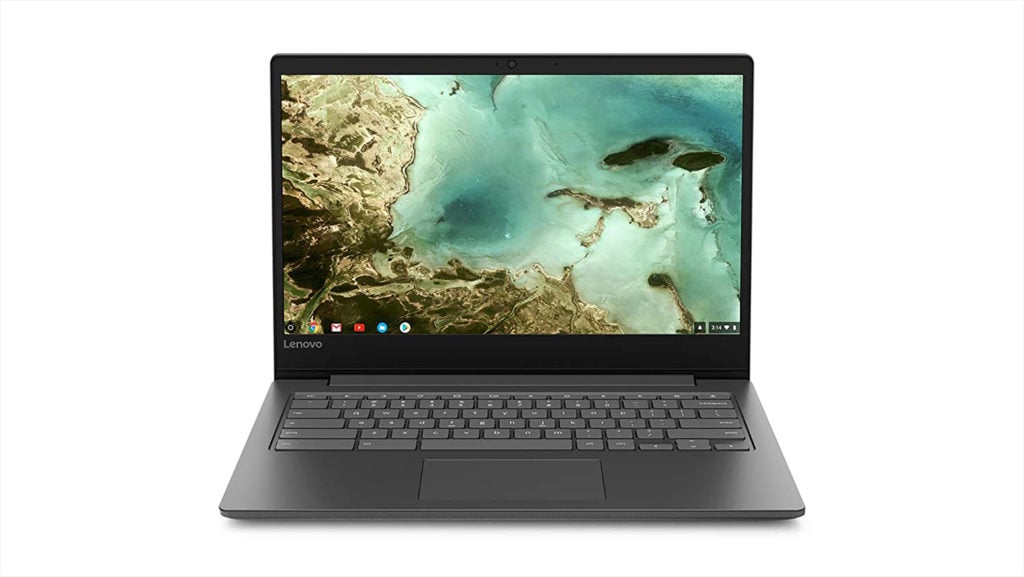
The Tablet
A Google Chromebook is durable, its battery lasts seven hours, and it’s inexpensive compared with a laptop. Best of all, it’s compatible with a lot of education platforms, including Seesaw and Classroom. $199 and up at google.com/chromebook.
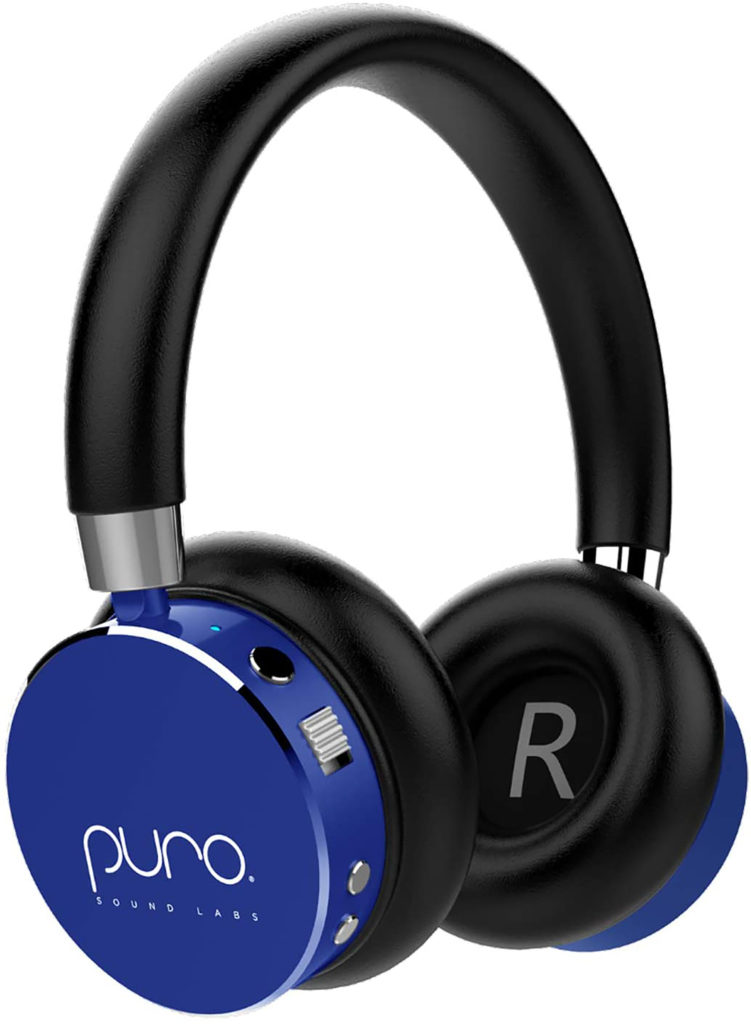
The Headphones
After testing more than three dozen headphones designed for small ears, the New York Times’ Wirecutter deemed the Puro BT2200 best.
A volume-limit feature keeps audio within safe levels, and the wireless, Bluetooth-connected design means no cords to tangle. The kid panelists liked it, too. $79.99 at purosound.com.
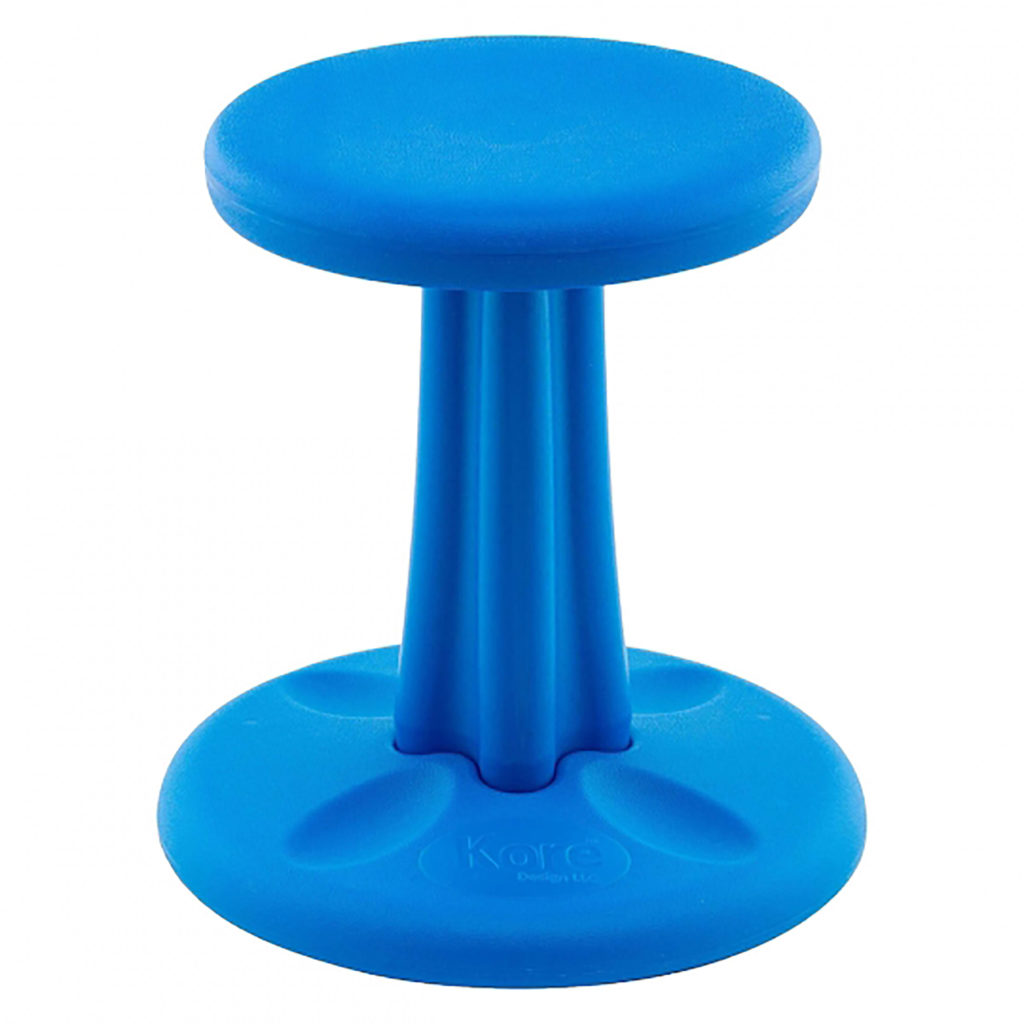
The Chair
Virginia Spine Institute founder Thomas Schuler also likes Kore’s ergonomic Wobble Chair to keep kids sitting tall. $36.99 and up, in assorted colors and heights, at wobbleseat.com.
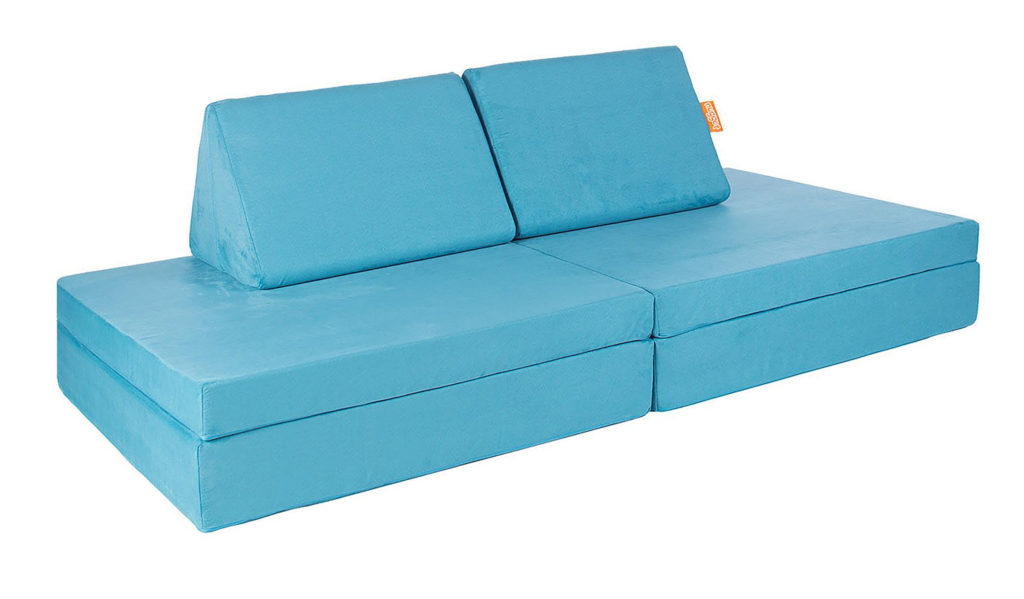
The Play Space
Can’t get to a playground for recess? Try the Nugget “play couch,” whose foam pieces can be reconfigured from seating into a fort, a spaceship, or whatever else your child dreams up. $229 at nuggetcomfort.com.
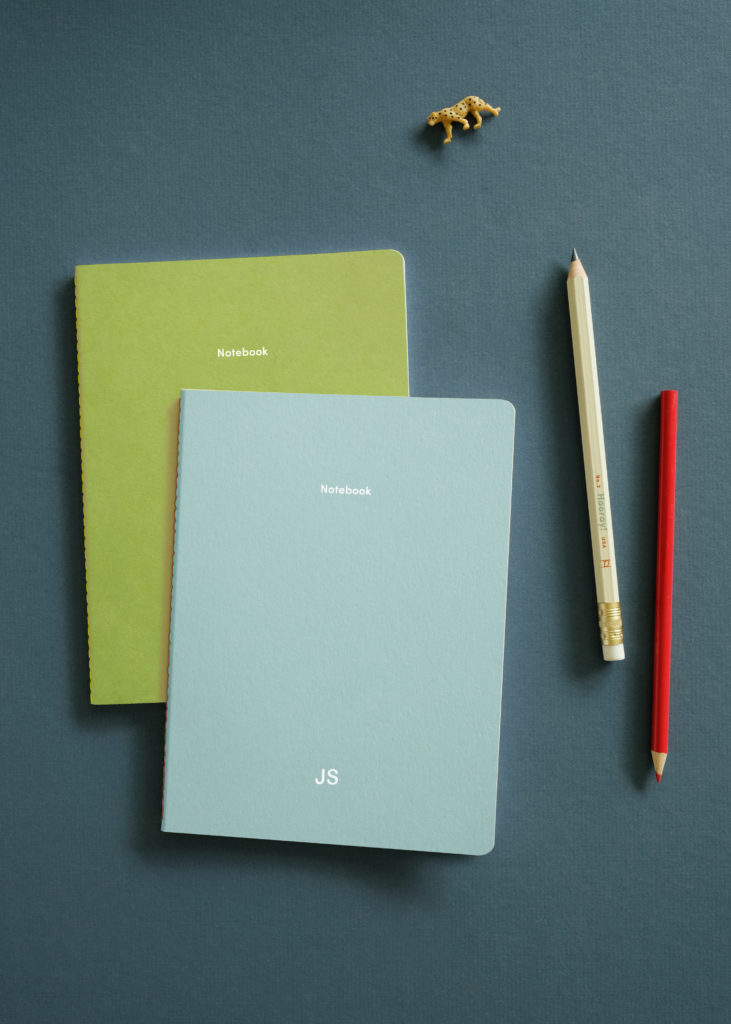
The Notebooks
Remember the thrill of cracking open clean, new notebooks to start the school year? Appointed’s composition books look smart, and you’ll be supporting a local business. $16 for a set of two at appntd.com.
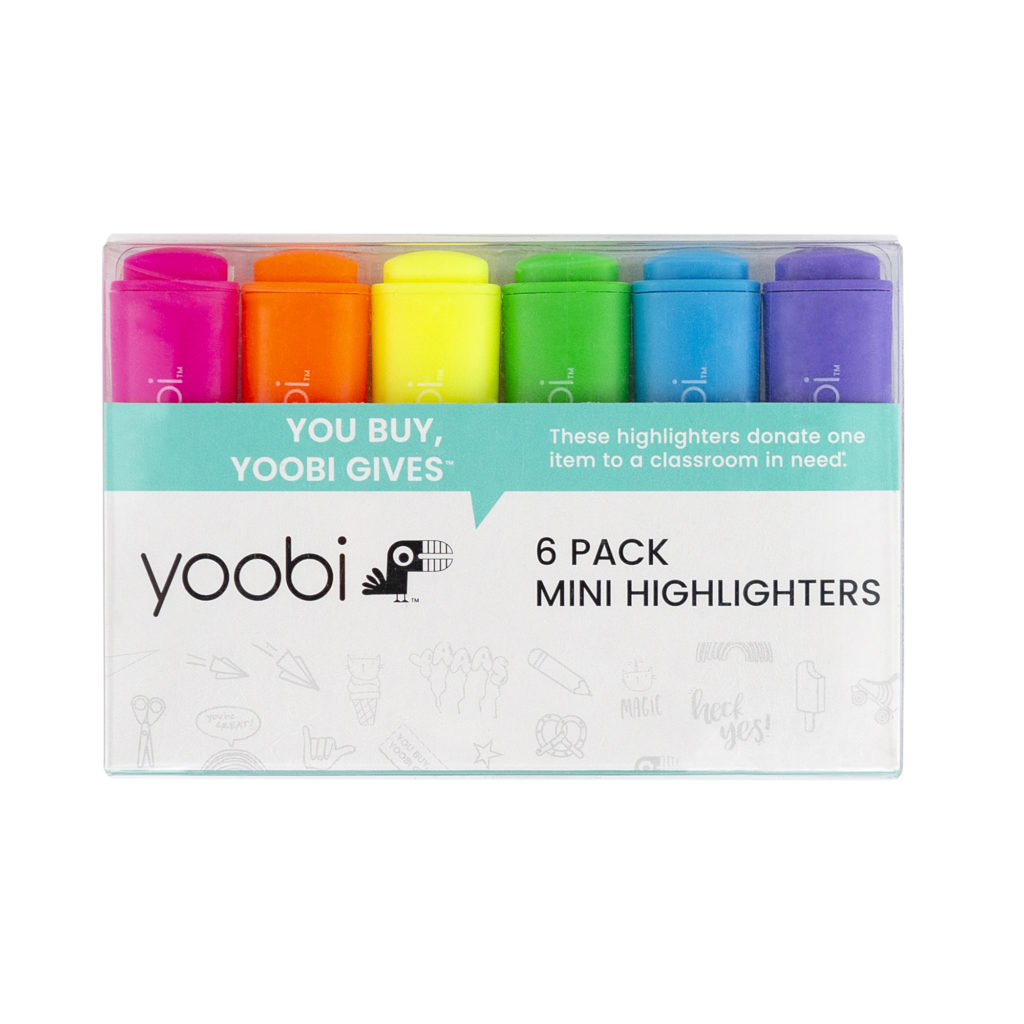
The Highlighters
Yoobi’s mini highlighters aren’t just cute and practical, with a triangular shape that’s easy to grip, but they also give back: For every set sold, Yoobi donates one to a child in need. $3.97 for a set of six colors at yoobi.com.
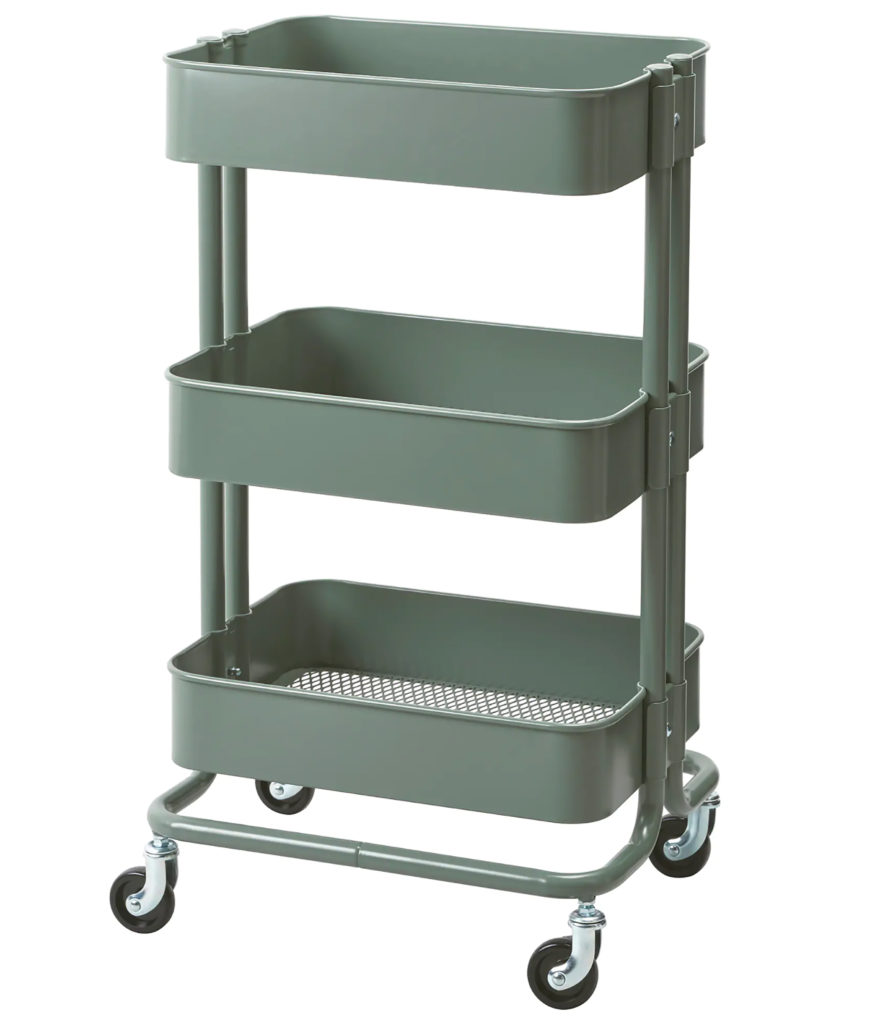
The Organizer
Take it from Brittany Capizzi, a local homeschool mom of eight: Ikea’s “Råskog” cart neatly corrals all those supplies. $29.99, also in white or black, at Ikea.
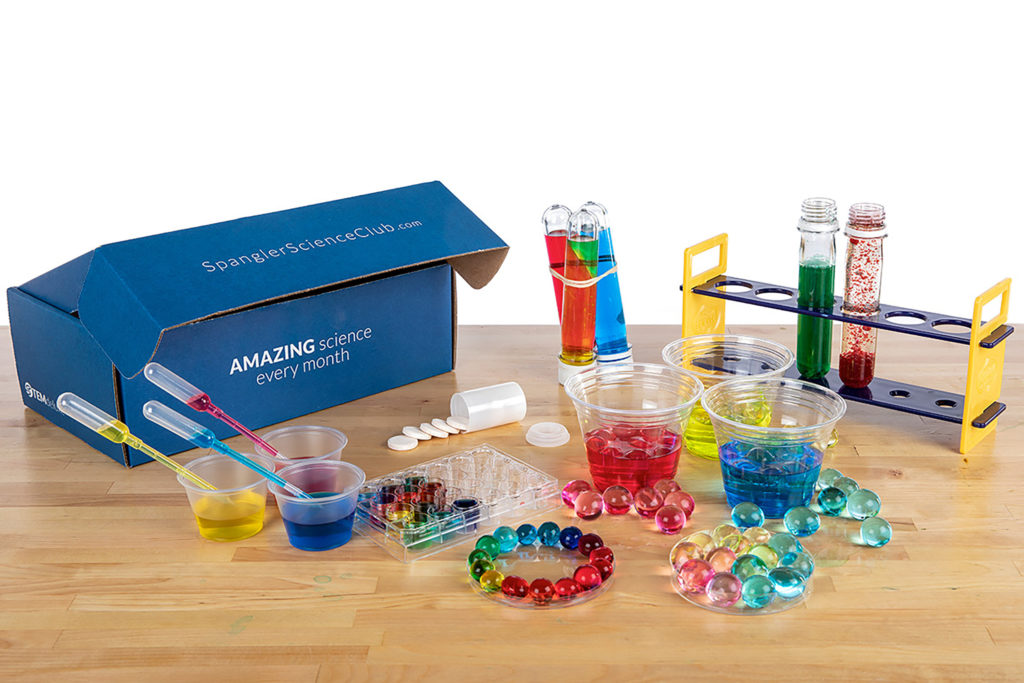
The Science Kit Miss America Likes
Our expert:
Camille Schrier, Miss Virginia and Miss America 2020, who graduated from Virginia Tech with a major in biochemistry and systems biology.
The science kit she recommends for kids:
Steve Spangler Science Club.
Why:
“He’s amazing. He has this science club, a monthly subscription box with a science activity you can do with your kids. It’s great for parents—it just comes to them each month. The sample box I got was for growing jelly marbles. It comes with everything you need, and it explains what to do and why it’s happening—which is 99 percent of the point.” Subscriptions cost $19.99 or $29.99 a month at stevespanglerscience.com/club.
Should you get one?
“I think science kits are great. Every year when I was little, my aunt would send me a butterfly kit. I would mail-order caterpillars and watch them hatch. I have so many pictures of me with butterflies on my nose.
“But don’t let the science kit drive the exploration. Allow it to happen in other pieces of your life. Rather than ‘Let’s sit down and do a science experiment,’ it should be organic.
“My biggest science kit was the kitchen. I spent a lot of time cooking and baking as a kid. My parents explained how things around me were science. I understood yeast was a living organism at the age of five. I said, ‘Wait, this thing you put in bread is alive?’ The curious exploration that ensued was beneficial to me going forward.
“All these fun things we can do in life are driven by science. Talk about what’s happening when you bake cookies. Catch a fish and say, ‘Guess what—fish can breathe under water.’ That hands-on, experiential stuff is so helpful.”

